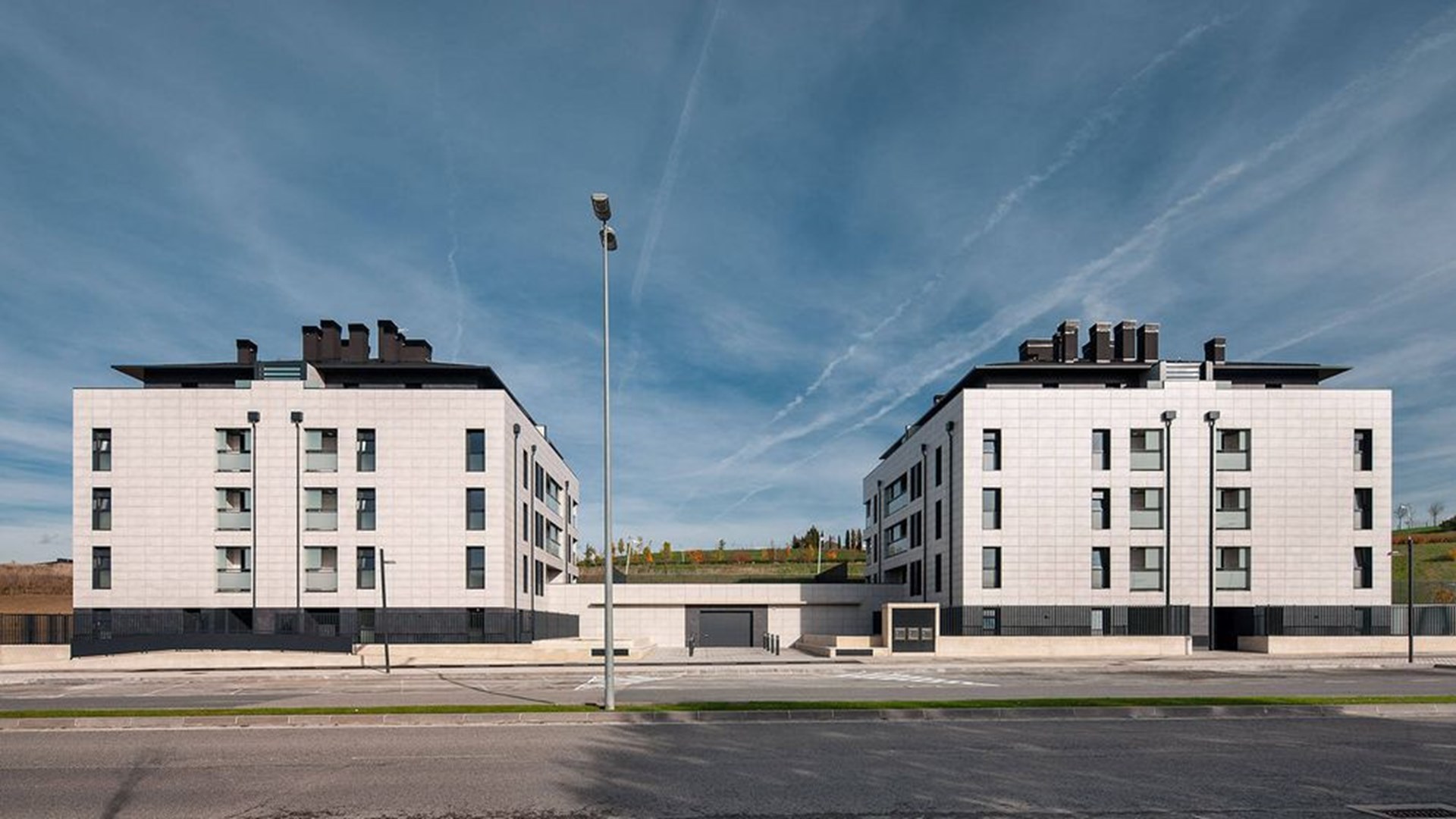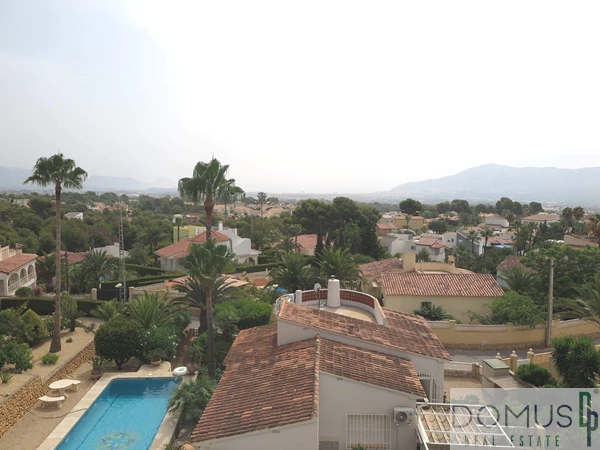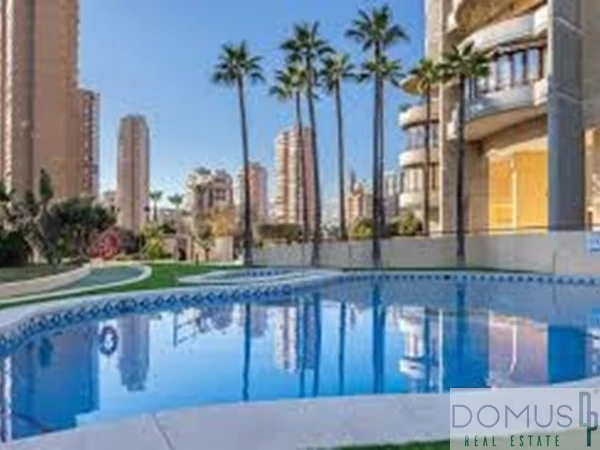No, it is not a typo, you read the headline correctly. For three decades, there has been a construction standard capable of isolating homes so much that the annual cost in air conditioning is between 50% and 90% lower than that of a traditional home, which translated into euros 'constant and sound' means paying 150 euros a year in air conditioning compared to the 1,500 euros of a typical house of 100 square meters. And that, before the current energy crisis broke all the dams of containment of household spending and Spaniards began to tremble at the receipt of electricity or gas.
This construction standard is called Passivhaus and was born in Germany in 1991. As if it were a new Bauhaus, this school has been monitoring the results of its teachings in different climates and latitudes for three decades, "which now allows us to accredit its results and verify that they are valid throughout the useful life of the building".
Arturo Andrés Jiménez, president of the Passivhaus Building Platform, a non-profit association that promotes building under this standard and has been present in Spain since 2008. Then, it was still two years before Europe marked, via directive, the current guidelines of the buildings of almost zero consumption, and the world was plunged into a financial and real estate crisis in which hardly anyone talked about investing in the sustainability of the planet.
In this context, The followers of Passivhaus already promoted a standard of construction of buildings whose consumption is only 15 kilowatt hours per square meter per year, a standard that was set in 1991 and that since then has remained constant. The question that immediately arises is: if it has existed for three decades, why is a pattern of this level still not required today.
"I don't know, maybe it's because this type of change does not occur until society demands it in a general way," reflects Andrés who, however, recognizes that each new version of the Technical Building Code, the reference in Spain, it is much more demanding. The problem is that the buildings are obliged to comply with the regulations that existed when they were created and "in Spain we have a very old housing stock.
80% of the buildings were built before 2006, which is when the current Technical Building Code came into force in its first version; while 60% predates the first regulation that spoke something about energy efficiency in Spain, which dates back to 1979." On this harsh reality, Andrés points out that only 0.5% of homes in Spain have an A energy rating and, therefore, the future is to rehabilitate existing properties under the most demanding standards. "And the most demanding in the world is Passivhaus," he says.
Since 1991, this standard has proven that their homes hardly demand energy to maintain a temperature between 20-25 degrees.
Depending on which source is taken as a reference, buildings are responsible for between 30% and 40% of the pollution of cities, numbers that make it critical to intervene on them for the good of the planet. The energy crisis has meant that it is also for the sake of families' pockets, a factor that promises to play a decisive role in raising awareness in society about the importance of improving the efficiency of their homes.
"Our general principle has always been the dissemination of the standard, to make society see the importance of avoiding the emission of polluting gases." In this context, the Next Generation funds are an opportunity to modernize the obsolete Spanish park. "We are clear that they are a unique opportunity and finally society has internalized that their buildings must be rehabilitated, that it is not enough to paint the façade."
Passivhaus has the EnerPHit seal for rehabilitations which, although slightly less efficient than the standard new construction, also drastically reduces consumption, up to about 200 euros per year on average. Simplifying it a lot, a rehabilitation with this seal requires compliance with high insulation thicknesses. of the entire envelope, use high performance carpentry, have no air infiltrations , absence of thermal bridges (which is an interruption of the insulation in the envelope) and have double flow mechanical ventilation with heat recovery.
"In a Passivhaus building the temperature is constant between 20 and 25 degrees and the air all the time is filtered and renovated, thanks to the double flow mechanical ventilation system with heat recovery, which are equipment that are installed in the houses and allow to put air from the street inside the building and remove it from the house". In that entrance and exit, in addition to renewing the air, the temperature is balanced, by giving degrees the one that enters with the one that leaves, and vice versa, depending on whether it is winter or summer.
Andrés explains that, in isolation, the current park is very bad and that the lack of a ventilation system that ensures that the air is renewed plays directly against the interior health, an aspect that has gained special relevance with the covid-19 pandemic, which has sensitized the population about the importance of having the air always renewed.
This standard allows you to do this without having to constantly open the windows to ventilate. "But that doesn't mean you can't do it. You can, if you want, but you lose a little energy efficiency, as also happens with traditional systems when you open the sale in the morning and lose all the heat, "explains the president of the PEP Platform.
This standard allows a constant renewal of the air that increases the healthiness of the home.
The president of the PEP platform, which this September celebrates its Annual Assembly in Santiago de Compostela, days in which for four days all the secrets of this standard will be explained , assures that "any building can be rehabilitated to be Passivhaus, it is not a complicated work and more than a year will not last", Ensures.
Currently, there are more than 213,000 square meters certified and distributed in 190 projects, a figure that in just two years will almost double, since the platform expects to reach more than 380,000 square meters, which will avoid each year the consumption of 13.4 million kilowatts and the emission of another 2,550 tons of CO₂, the equivalent of what 255,000 trees absorb, or in other words, 17 Retiro Parks in Madrid.
Examples of public housing
The first house to be certified in Spain was a single-family house in Almeria in 2009. Since then, they have been making all kinds of buildings, many of them linked to the administration and affordable housing. For example, Passivhaus has certified public housing for rent in Teruel; in different municipalities of Navarre, thanks to the fact that the public housing company of the autonomous community has promoted 550 homes with this standard; or in the Madrid neighborhood of Carabanchel.
Currently, a house built or rehabilitated with the Passivhaus standard is between 3% and 10% more expensive, "but things cost what its useful life costs, which in buildings is 50 years, and in a Passivhaus building since it begins to work begins a very fast amortization for energy savings, so that in five or ten years, the building ends up being cheaper because of the energy savings," andrés replies.
Making a Passivhaus home is 3%-10% more expensive, but it pays for itself in 5-10 years thanks to energy savings.
To this is added that there are more and more suppliers and specialists in energy rehabilitation, which is allowing to reduce the initial price gap, and that appraisers are beginning to recognize this standard in their valuations, which means that a house rehabilitated with this official certification is automatically revalued , since it happens to be at the forefront.
"A basic parameter that must be met in order to certify a Passivhaus building is airtightness, a point that has not been included in the Technical Code until the last revision of 2019." Andrés explains that this parameter is so relevant because "you can have a very isolated building, but it suffers air leaks", and that is where we lose energy savings.
The Passivhaus standard is designed to be valid in both Norway and Dubai, because in each country it is designed for the conditions of each region, but the level of demand is the same worldwide. In addition, the standard already takes into account climate change and the building can be modeled to adapt it to stricter weather conditions in the future.
The icing on the cake is to add to this seal the installation of renewable energies. "A Passivhaus building can be self-sufficient, compared to what we are seeing now, that by putting plates on the roof the bill is cheaper, but self-sufficiency is not achieved," concludes Andrés.


